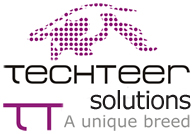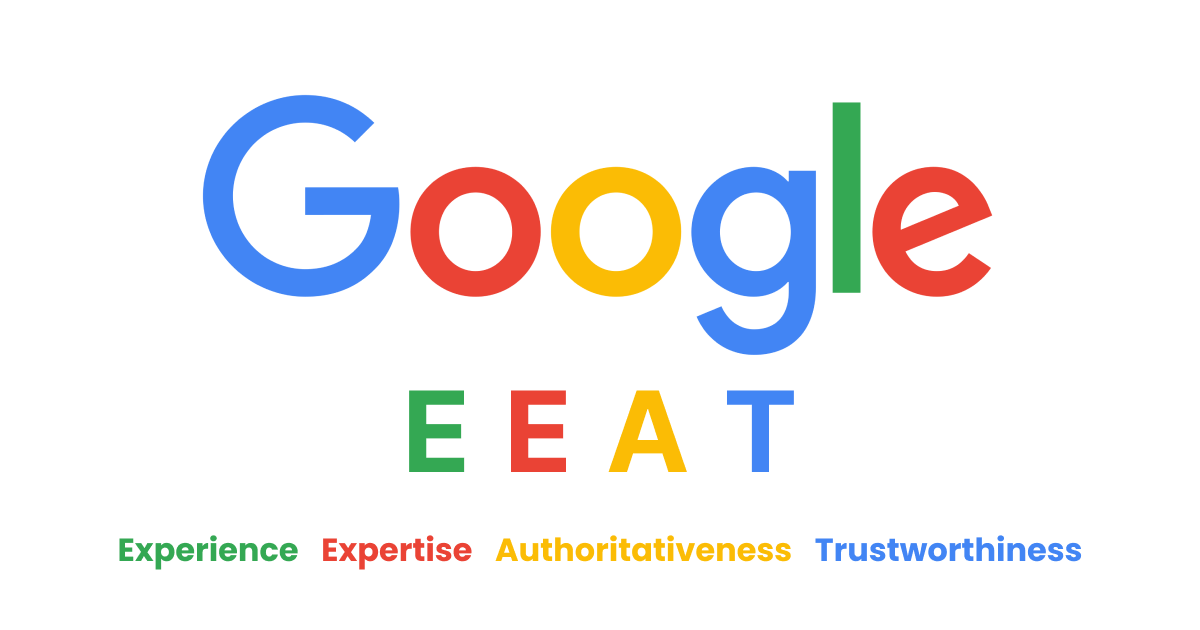Originally, Google’s quality rating was E-A-T (Expertise, Authoritativeness, and Trustworthiness). The extra E for ‘Experience’ was added in 2022 to include experience in ranking content.
E-E-A-T is part of Google’s Search Quality Rater Guidelines. These are used by people called quality raters to evaluate content based on three factors: page quality, understanding user needs, and meeting user needs.
The feedback from raters helps the search engine measure the success of algorithm updates.3
E- Experience
Does the content creator have first-hand or life experience on the topic they are writing about? For example, people are more likely to trust a review from someone who has used a product than someone who has not. Here’s an example from Medium on the apps this author has used to make his day-to-day life easier.
E – Expertise
Does the creator of the content have the knowledge or skill to talk about the topic? For example, when it comes to fixing a leak, people are more likely to trust content from a plumber than an enthusiast with little experience. Here’s an example from a recent DMI podcast with marketing great Rand Fishkin that shows his level of expertise to talk about understanding an audience.
A – Authoritativeness
Is the website or page known as a go-to source for the topic? For example, if someone wants to find out about the latest fashion trends, a site like Vogue, as opposed to a blog from a fashion enthusiast, would be deemed an authority.
T – Trustworthiness
Trustworthiness is at the core of E-E-A-T and the most important factor to consider. In analyzing trustworthiness, quality raters look at the creator, content, and website. This is why it’s so important for facts to be accurate, and for the author to be reputable and include trustworthy sources. (High-authority sites are a good place to start, such as the New York Times).
Why is E-E-A-T important?
Google and other search engines want to find content that people find valuable. They want to provide users with a good user experience that gives credible and useful answers to what they are searching for. These users are then more likely to use those search engines again.
This is evident in the regular algorithm updates, Google’s new AI-powered Search Generative Experience (SGE), and inclusion of ‘experience’ in E-E-A-T.
According to Google’s guidelines, Experience, Expertise, Authoritativeness, and Trustworthiness (E-E-A-T) are all important considerations in page quality rating. The most important member of the E-E-A-T family is Trustworthiness.
The core of E-E-A-T is content that Google rates as trustworthy due to a combination of expertise, experience, and authority.
How does Google evaluate E-E-A-T?
Google’s quality raters use levels to rank E-E-A-T. These are as follows:
Lowest:
These pages fall into three categories: harmful, untrustworthy, and spammy.
Lacking:
Pages in this category are seen as low quality as they lack expertise, experience, or authority for the topic or purpose of the page but are not harmful. For example, it could be a blog written about flying a plane but the writer has no experience in doing that.
High level:
These pages offer significant amounts of expertise, credibility, and trustworthiness to serve a purpose and achieve it well. Google looks at the level of effort, level of talent or skill, and originality, along with a positive reputation.
Very high level:
The highest ranking pages are those that show evidence of a high level of effort, originality, talent, or skill. This would include people who demonstrate extensive hands-on knowledge of the topic they are writing about.
What is YMYL?
Another thing you should look at, alongside E-E-A-T, is ‘Your Money or Your Life’ (YMYL).
Google classes web pages as YMYL when the content has the potential to impact a person’s happiness, health, financial stability, or safety. This includes content that focuses on current events and news, finance, government and law, health and safety, and shopping.
Examples of YMYL content could be: how to fill out a tax form, how to save for retirement, or how to treat bowel cancer.
What about E-E-A-T and AI-generated content?
Google does not currently label AI-generated content. However, it does recommend that content publishers label AI-generated images using IPTC image data metadata, and adds that image AI companies will soon add the metadata automatically.
For text-based content, Google is leaving it up to publishers to decide whether they label AI content. But, at a recent conference, the search engine giant did say that its algorithms and signals are based on human content, so it will rank natural (or human-created) content at the top.



